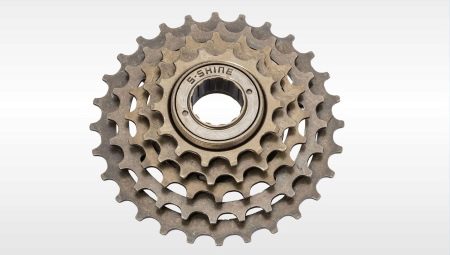Today, one of the most popular and frequently used modes of transport is rightfully a bicycle. This is not only sports equipment with which you can keep yourself in shape, but also a convenient means of transportation. It is very important not only to buy a bicycle and learn how to ride it, but also to be able to understand its main components and the principle of operation.
In this article we will talk about what ratchets on a bicycle are, determine their types and selection criteria.

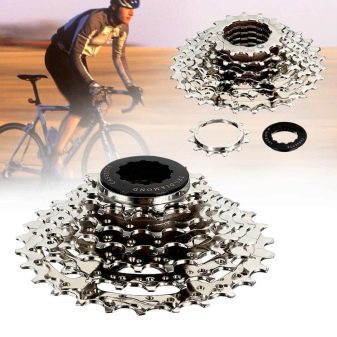
Varieties
A rattle is called one of the elements of the transmission of a bicycle, which consists of several stars. The latter, in turn, are combined with a ratchet mechanism and represent one whole.
The main goal of the mechanism is the transmission of torque from the front sprockets to the rear wheel.
It is thanks to the presence of a rattle on a bicycle that it is possible to control the speed and power of rotation of the wheels.
Therefore, a ratchet is necessary for sports and mountain bikes. Previously, it was installed on old and cheap bicycles, and more modern sports models, for example, at 9 speeds, are equipped with cassettes rather than such devices. They look like rattles, but differ in the number of stars and, of course, visually.
The ratchets differ the number of stars (from 4 to 8 stars) and teeth of different diameters.
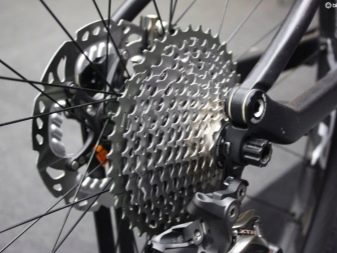
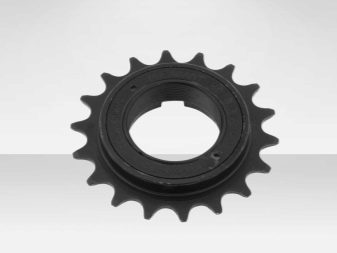
The most popular ratchet, consisting of 6 stars, which can be 14-28 teeth. And also often buy and install a 7-star ratchet. The number of balls placed in the bearings of the device may also vary - it depends on the type of mechanism, the type of bike on which it is mounted.About 35 of them. But their diameter is 1 mm.
Today, there are several basic classifications of ratchets on a bicycle. So, ratchets are classified according to several criteria.
- The material of manufacture. It can be different. Most often, chrome or nickel steel, titanium or aluminum alloy are used. The mechanism, whose stars are made of aluminum, is the most expensive and durable, but the steel one, unfortunately, will not last long.
- Type of construction. It can be collapsible, on a spider or several spiders. There are ratchets for bicycles with 1, 6, 7, 8 speeds.
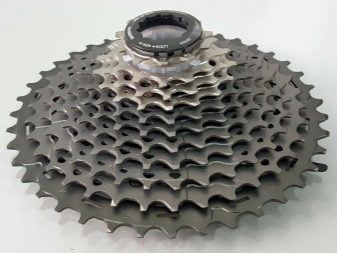
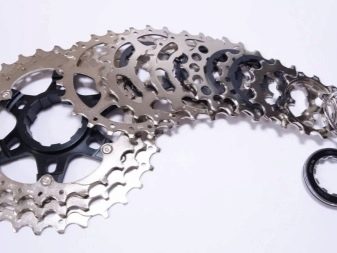
The mechanism of the rear wheel
The rear wheel hub is designed in such a way that it consists of many individual parts, which are interconnected in one mechanism, namely:
- from cone and left flange;
- housing;
- the axis and inner housing of the ratchet with a flange;
- stars
- locknuts and outer casing;
- gaskets;
- bushings and springs.

The basis of the rear wheel ratchet is the ratchet mechanism. All of the above items are a single whole. In order to attach the ratchets to the rear wheel, a special threaded connection is used, with which the ratchet thread is screwed into the sleeve.
The scheme of the mechanism is as follows:
- the pressure on the pedals that occurs when you click on them is transmitted to the sprockets of the mechanism;
- during the transmission of the pressure of the “dog”, the ratchets begin to abut against the sleeve, thereby driving the wheel.
In most cases, if one of the elements fails, it must be replaced, and for this, the mechanism must be completely disassembled.
To perform repair work, you must have a special tool called a ratchet puller.
Frequent failures are due to the fact that the bearings are not on the sleeve. It is because of this that the axis bursts when exposed to a strong load.
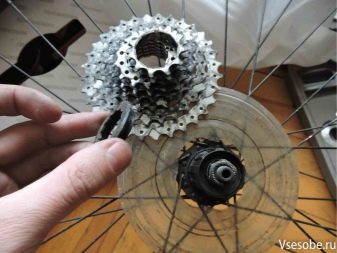
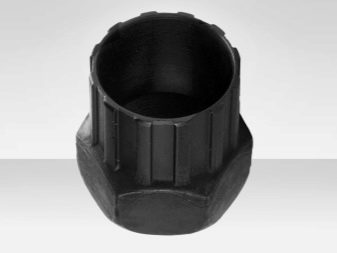
How to choose?
The choice of this mechanism must be taken very seriously and responsibly, because it depends on how riding a bicycle will meet our requirements both in terms of speed and safety.
You can choose the right ratchet for a bicycle, given a number of criteria.
- The type of bike and the terrain you will ride on. For the road, a product 11-22 or 11-27 is suitable, where the numbers indicate the range of the number of teeth. For a mountain "iron horse", an ideal option would be a mechanism with a numerical designation 11-36 and 11-28.
- The cost of the mechanism. It is 90% dependent on the material of which the ratchet is made. Experts recommend not saving and not buying the most budget option. A cheap product will fail very quickly, most likely, the axis will burst on it. Therefore, it is better to hold back, save up money, and buy a more expensive and high-quality product.
- Driving style. This is also a very important factor. If you, for example, are a supporter of a complex, special riding style, then you need to buy a device with the maximum number of stars.
- Manufacturer. Do not forget to check with the seller about the manufacturer. If possible, give preference to a well-known manufacturer of equipment and parts for bicycles. Yes, such a mechanism may cost more, but its price will fully correspond to the quality.

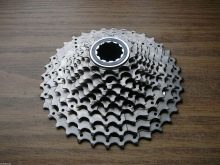

Also keep in mind so that ratchet sizes fit perfectly on the front connecting rods. This is due to the fact that these two mechanisms work in tandem and are interconnected, thereby guaranteeing safe movement.
In the video below you can watch a master class on replacing ratchets on a bicycle.
